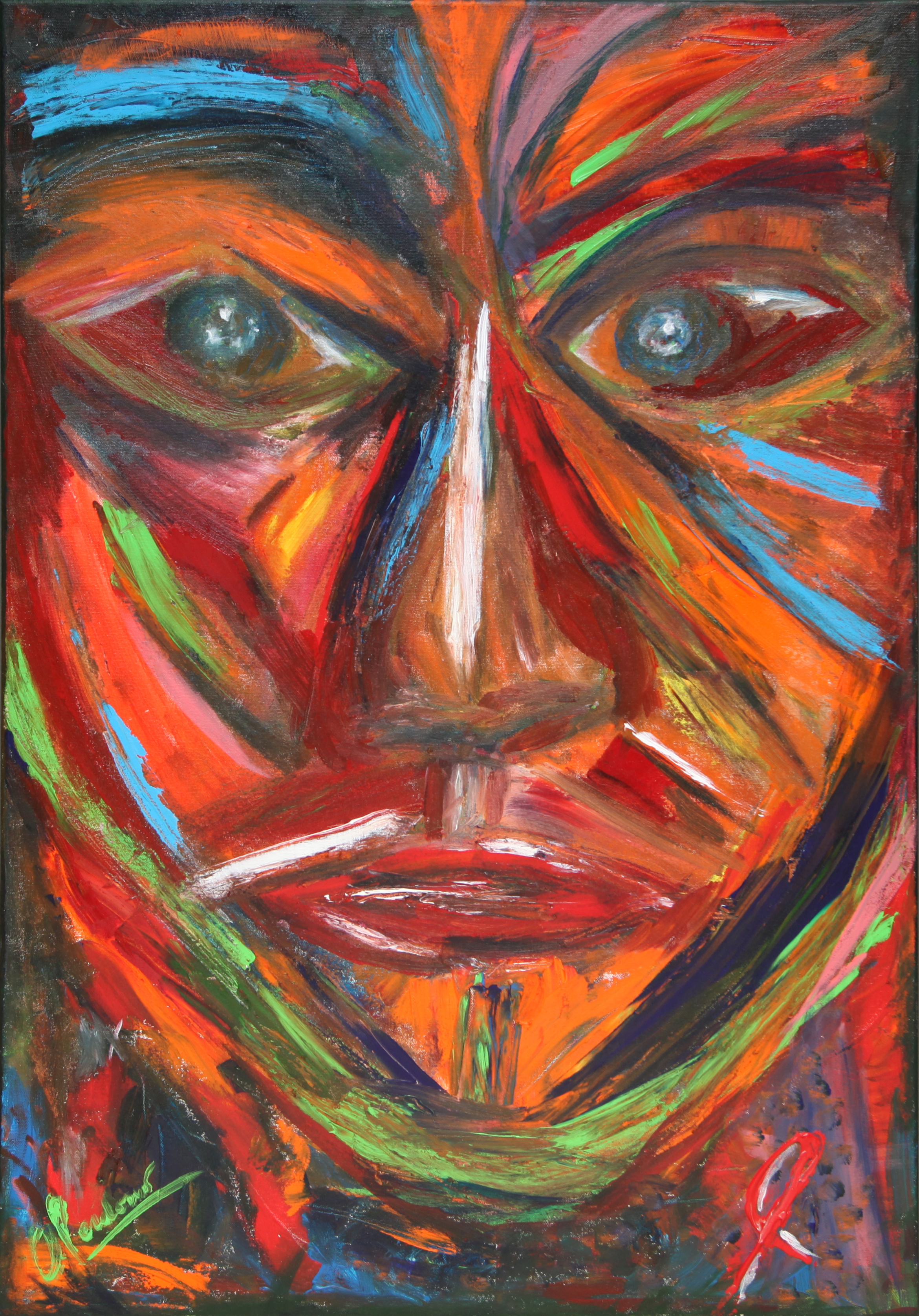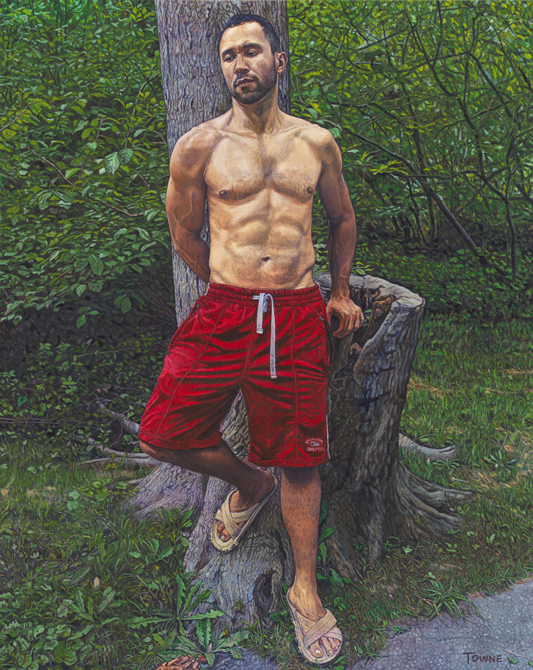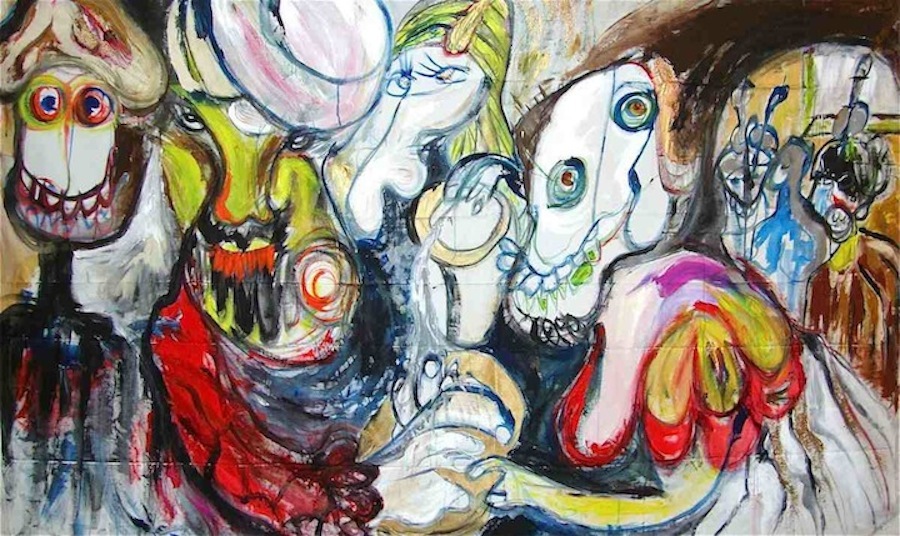 |
| Osvaldo Perdomo |
 |
| Osvaldo Perdomo, "Emotions" (Oil and acrylic on canvas) 36" x 24" |
Art & AIDS: Perceptions of Life displays the works of 46 artists living with HIV/AIDS—professional artists as well as those beginning their creative exploration. They have come to GMHC at some point after learning about their HIV diagnosis to access services. I personally began my involvement with GMHC after I moved to NYC in 1989 and started participating in its annual fundraiser, AIDS Walk New York.
I went back to GMHC in 2005 and this time, I went through the doors looking for help, shortly after I learned I was living with AIDS. My fear of dying and facing my new reality made me search for help at GMHC, the LGBT Community Center and Friends In Deed, where thankfully I was able to receive help and support while addressing my circumstances. However, GMHC was the only place where I was able to creatively open up and stop the constant chatter going on my mind telling me I was facing death. The weekly therapeutic effect I experienced in the drawing class offered by GMHC’s Volunteers, Work and Wellness Center changed my outlook on life. The first Wednesday I went to a weekly drawing was the first day I was able to live for two hours without thinking about the virus. That day and thereafter, I was able to disconnect from AIDS and just live life. One drawing at the time, one painting at the time, one brush stroke at the time.
 |
| George Towne, "Ricardo with Tree" (Oil on canvas) 30" x 24" |
The common denominator among the artists in this exhibition is to bring our art and demonstrate our Perceptions of Life. The artwork sold during the exhibition goes 100 percent to the individual artists, which is particularly important for those who live on limited income. This is a wonderful opportunity, especially for some artists who will be participating in their first professional show, displaying their artistic talents. Seven artists have donated a piece of artwork for a Silent Auction to benefit GMHC. The Silent Auction will close at the end of the exhibition on January 5, 2014.
 |
| James Horner, "Pilate Washing His Hands" (Acrylic and mica chip on tarp) 54" x 90" |
Admission is free of charge and open to the general public.
Leslie-Lohman Museum of Gay and Lesbian Art is located at 26 Wooster Street (between Grand and Canal) in Manhattan. Museum hours are Tuesdays through Sundays, 12 p.m. to 6 p.m.; Thursdays, 12 p.m. to 8 p.m.; Mondays, as well as December 25 and January 1, closed. The exhibition runs from December 19 to January 5.
Please visit gmhc.org/art-and-aids for more information.






Comments
Comments